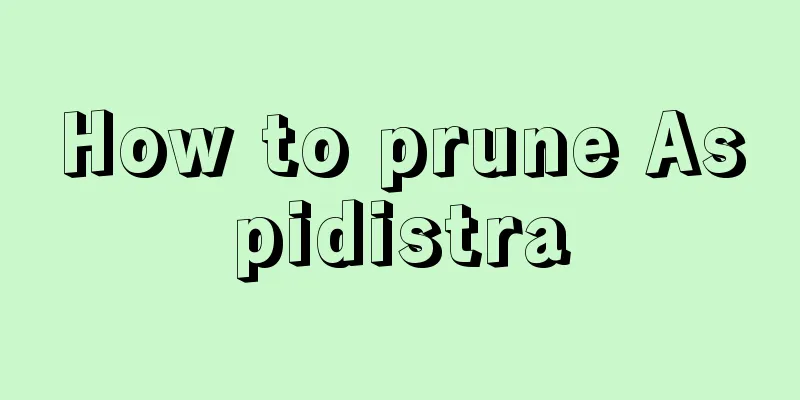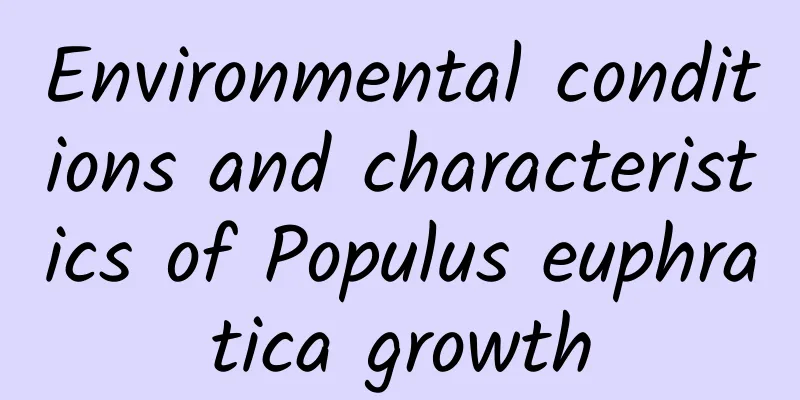How to prune Aspidistra

1. Pruning timeAspidistra is usually pruned in winter and spring. Spring is its growing season, and pruning at this time helps it recover quickly and also allows for better shaping. Growth is slow in winter, and proper pruning can reduce nutrient and water consumption, making it more conducive to wintering. 2. Appropriate thinningIf the Aspidistra is too lush, the air circulation inside will be poor. This will breed bacteria and cause various diseases and pests, so proper thinning is needed. At the same time, branches and leaves that grow too fast should be cut off to prevent them from consuming too much nutrients and causing other leaves to develop poorly. 3. Pick leaves in timeWhen the Aspidistra grows poorly or is attacked by pests and diseases, the yellow and diseased leaves should be removed in time. On the one hand, it can promote the growth of new leaves, and on the other hand, it can prevent the spread of diseases. Especially the aging leaves, which are easy to attract pests, must be cut off as soon as possible. 4. Shorten branchesIf the branches of the Aspidistra are too high, the plant will often look unsightly and will also affect the sprouting of new leaves. Therefore, it will be more beneficial to its overall growth to properly shorten the higher branches. |
Recommend
Where is mangosteen suitable for planting?
Mangosteen Planting Area Mangosteen generally gro...
Olive tree planting conditions, growth environment and climate conditions
Olive tree growing conditions Olive trees prefer ...
Large-flowered, fragrant rose varieties
1. Double Happiness When the Red Double Happiness...
What is Okra
1. What is Okra is an annual herb of the genus Am...
Bodhi tree cultivation methods and precautions
1. Watering Bodhi trees grow fastest when the tem...
When is the right time to plant tomatoes?
The right time to plant tomatoes Tomatoes belong ...
Will succulents be frozen to death (Will succulents be frozen to death outdoors in winter)
Under the premise that the pot soil is dry, most ...
How often should I water the Bileigu?
1. Watering frequency The water requirement of th...
Can beer be used to water flowers directly? The correct way to water flowers with beer
Can beer be used directly to water flowers? Beer ...
How to sow mugwort seeds
Time to sow mugwort seeds Mugwort is suitable for...
Can soybeans be hydroponically cultivated? Hydroponics cultivation methods and precautions
Can soybeans be grown hydroponically? Soybean spr...
When and how to change the soil for roses
Rose soil changing time The time to change the so...
The language and meaning of the wine bottle orchid, and what are the taboos for giving it as a gift?
1. Flower language and meaning The stem of the bo...
The difference between firecrackers and cannon flowers
1. Difference of blades The leaves of the firecra...
What to do if the leaves of the lucky tree wilt
1. Suitable temperature. This plant grows in low-...









